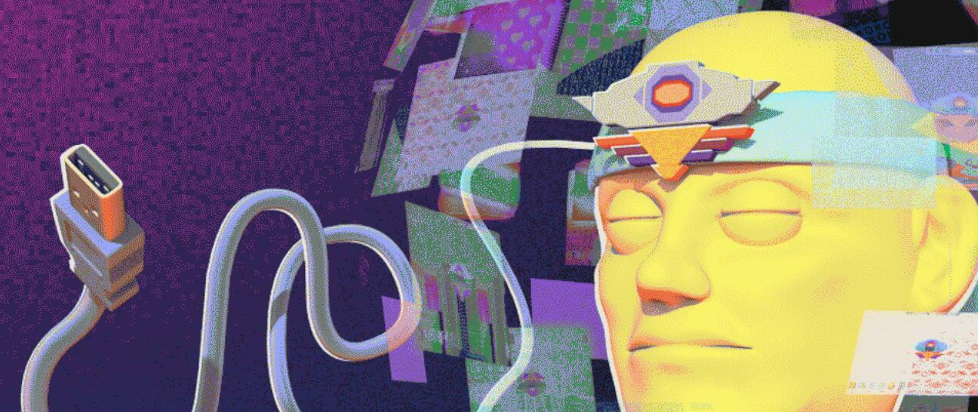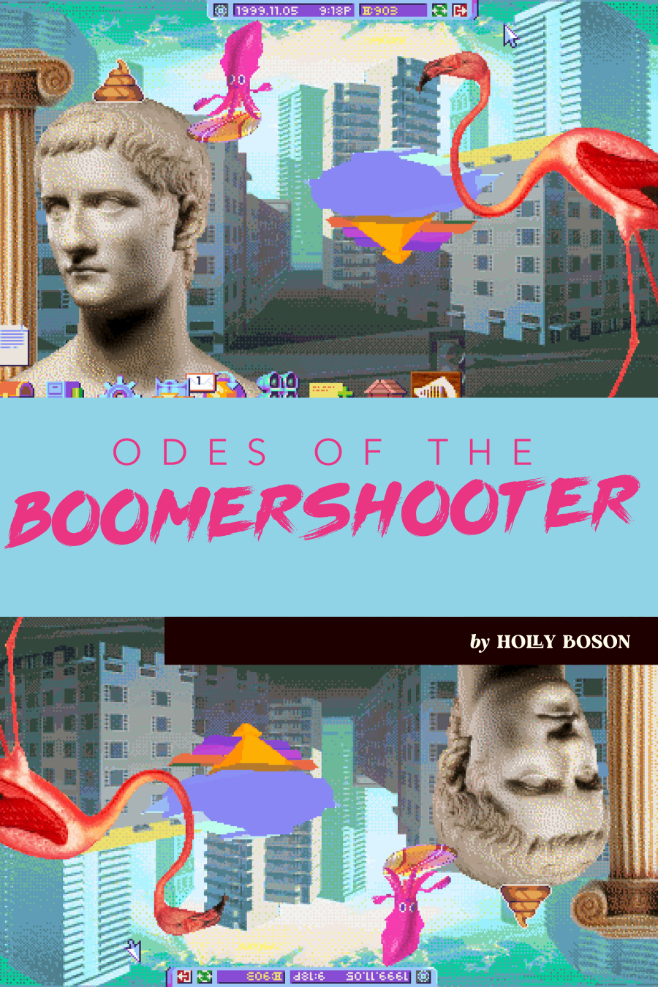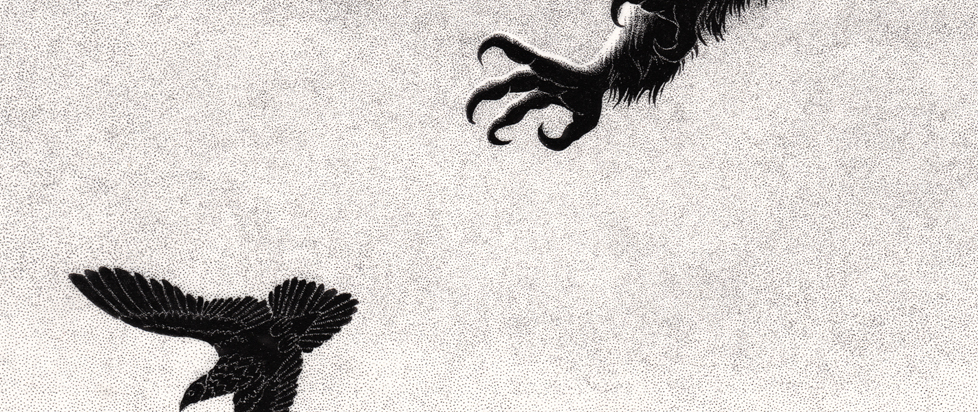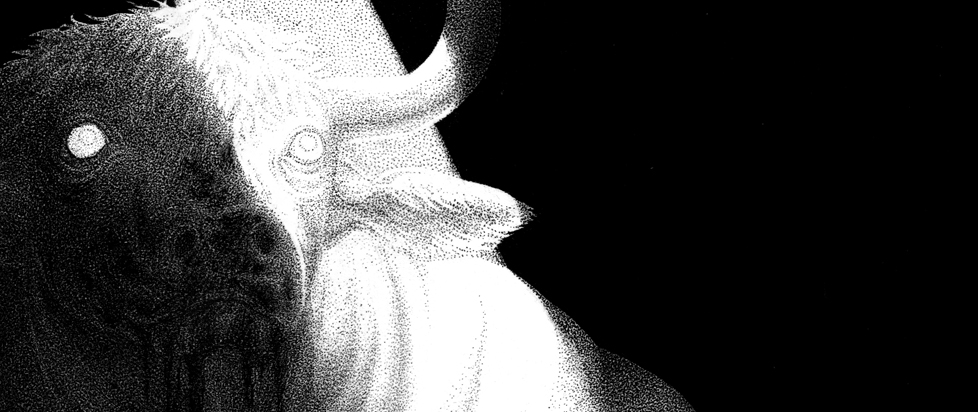
Odes of the Boomershooter
This is a feature excerpt from Unwinnable Monthly #166. If you like what you see, grab the magazine for less than ten dollars, or subscribe and get all future magazines for half price.
———

Early in the 2019 game Hypnospace Outlaw, the player encounters Zane Lofton. Hypnospace is set in a psychedelic dream of the Y2K-era internet, but the first few areas explored feel more like aesthetically bent versions of the present – Merchantsoft is as slickly incompetent as Tesla and Goodtime Valley has the mothball stench of Boomer Facebook, down to the tepid memes and skeleton gifs. But Zane reflects somebody who no longer exists. A 15-year-old webcomic artist and troll, his homepage is a raised middle finger of camo print, animated explosions and autoplaying nu-metal. As soon as you hear those heavy guitars, whiny vocals and effects-pedal rapping, you know you’re dealing with a character who only makes sense in 1999.
At the turn of the Millennium, Zane Lofton’s archetype seemed like the embodiment of the end of history malaise; angry white suburban teens abandoned by their divorced parents, to be raised instead by gory mass media spectacles. Busybodies and op-ed writers believed this diet of poison would eventually spew back out of them as bullets. Like all generational subcultures, this child was defined by their music, a commercial blend of rock and rap as accessible as the teen pop it served as an alternative to, yet as raucous as the underground. Even the music videos portrayed their audience as endlessly duplicated and fungible – Papa Roach’s wrist-slitting teenagers motionless in suburban bedrooms; Eminem’s peroxide imitators all standing up; P.O.D.’s dead-eyed gospel choir of school shooters and teen suicides. But unlike the stock character, Zane doesn’t seem all that depressed or violent. He’s a creative kid, in love with the gibs and sewage running through ‘90s pop culture, but not caring about what it means, which makes him kind of cute.
“I like writing characters that are easily written off as a type,” said Jay Tholen, the director of Hypnospace Outlaw, and Zane’s creator. “Everything I do creatively is informed by how I believe things are ordered cosmically: All humans having inherent worth, Christ being who he said he was, the sickness of Wealth, Kingdom vs. Empire, etc. I can’t write a pure joke character because I don’t believe any real humans are just joke humans. It’d weaken the material because it wouldn’t ring true.”

Back when Hypnospace Outlaw was released, Jay told Variety that “nu-metal is basically such a joke now,” but in the years since, it’s come back like big jeans. Rappers like Coi Leray and Lil Uzi Vert, and pop stars like Rina Sawayama and 100 Gecs, have revived the genre as an ironic-except-not excuse to play with angst, guitars and gross out comedy. TikTok has made Deftones and KoЯn into high school classics, influencers like Holiday Kirk’s playful @numetal_moment Twitter account make the genre unembarrassing and Machine Gun Kelly’s System of a Down cover has made the original seem more sacred.
“Most of the people I know who grew out of nu-metal were college-educated academics or artists or professionals, while the people who never stopped enjoying it were the dudes I grew up with in middle school or high school who never left our hometown,” said Jay. (There’s a strain of classism to nu-metal’s rejection; nu-metal appealed to a more populist, gender-equal and hip-hop-literate fanbase that led collegiate metal purists to dismiss it as corporate slop for tween girls, trailer-dwellers and culturally-insensitive – or racially-treacherous – white people.) “I can’t think of many subgenres that dipped so hard out of fashion, so I kinda see it as vindication for the people who never let the zeitgeist dictate what they were allowed to enjoy. Sadly, I was not that cool.”
* * *
Between the nu-metal, suburban rage and Christian agape, it seems inevitable that Zane would return in 2023, in the game Slayers X: Terminal Aftermath: Vengance [sic] of the Slayer. Now in his 30s, Zane’s releasing a game based on his teenage mods he made for Kataklysm, an obvious stand-in for DOOM. DOOM might symbolize the span of the ‘90s better than any other single artwork, evoking Tipper Gore’s hated heavy metal and the demonic villains of the Satanic Panic but flourishing in the era of Internet file-sharing and – after Eric Harris’s hobby of DOOM modding was publicized – getting the blame for the 1999 Columbine mass shooting.
DOOM’s design philosophy of shareable user-created content parallels nu-metal’s embrace of the new medium. Both Linkin Park and Limp Bizkit defended the embattled music piracy application Napster, and KoЯn’s Jonathan Davis predicted that one day the Internet would be the main music distribution platform. Y2K brat-masculinity is embodied by nu-metal’s anxiety about gender roles and its fascination with toilet humor – when fighting a giant toilet boss in Slayers X, it’s almost impossible not to think of the 13-foot toilet that Fred Durst of Limp Bizkit rose out of at his live shows, and the kernels of corn fired at you by the poop monsters evoke the gay anal sex urban legend that inspired KoЯn’s name.
![A screenshot from Slayers X: Terminal Aftermath: Vengance [sic] of the Slayer where the main character is blasting a couple of bats carrying severed heads with some cool green magic.](https://unwinnable.com/wp-content/uploads/2023/08/Slayers-5-734x413.jpg)
In a year where stars like Lil Uzi Vert, Rina Sawayama and Coi Leray are embracing nu-metal sounds and aesthetics in their music, it couldn’t be more appropriate for Slayers X to have a banging nu-metal soundtrack. Nu-metal is an expensive genre to make – it requires full bands, and was likely only a commercial prospect due to how bloated the record industry was off the back of the introduction of CDs. This makes it remarkable that a group of indie musicians were able to create such an authentic sound, essentially solo.
Most of the game’s soundtrack was composed by Bubblegum Octopus, despite the fact that they didn’t have a background in nu-metal beyond its reflection in Japanese visual kei. “My taste in heavy music had already gone all the way into the fastest grind and death metal that I could get my hands on,” they admitted. But Jay thought they would be a perfect fit; he’d opened for them at a show in the early 2010s, and thought their music had a “screamy tone” that fit Slayers X’s spirit.
Jay allowed Bubblegum Octopus a huge amount of freedom, allowing them to put their range to good use. “I don’t think most people would have decided they wanted a nu-metal soundtrack and then let me get away with a breakbeat/shoegaze guitar/old synthesizer bells section, or wacky funk with a theremin.”
But it’s this which makes Bubblegum Octopus’s contributions, as the band Gurrgle, sound authentically of the turn of the Millennium. “With any genre, there’s a dangerous possibility that people simply settle for [making more of what they like], and it’ll just reiterate itself until it’s trash,” they said. “If you’re gonna start a band inspired by a band or a style, consider not starting with the genre as the predicate, or at the very least don’t let it become the ceiling.”
Octopus’s only snag was getting the brief wrong and writing “straight up circus music” for a stage set in a fairground, though the circus version was instead manipulated heavily to create the ambient X-mix version of “Outside Freaker,” an eccentric jazz-funk track that is my personal favorite.

Bubblegum Octopus used mostly real hardware, relying on their collection of synths and guitar pedals. However, disc scratching – the most obvious nu-metal signifier – required Octopus to invent a new instrument.
“It took me a long time to figure out how to do scratches without a record player, but I realized I could probably dismantle a portable cassette player in such a way that the playhead would stay engaged with the tape while I advanced the tape manually with two taped-up hex keys. Then I had to edit the heck out of it to get it just a little closer sonically to vinyl.”
“I didn’t get to fully appreciate what is good about [nu-metal] until much more recently,” said Bubblegum Octopus, who admires the genre’s emphasis on visuals. “It’s so fun to palm-mute the low end of a down tuned guitar and hit pinch harmonics with ridiculous high gain distortion. I still love slap bass, and halftime drumbeats with double-kick fills… all that stuff rules.”
“If we’re entering an age of renewed zeal for nu-metal, I think Slayers X deserves to be mentioned within the first breaths of the conversation,” said Bubblegum Octopus. “It may be a game full of tongue-in-cheek humor and parody, but it’s also not an inauthentic or ironic experience at the expense of that moment in time.”
———
Holly Boson is a critic, musician and game developer from the North West of England. She has a music podcast called Pop Could Never Save Us. You can find her on the web and Twitter.
You’ve been reading an excerpt from Unwinnable Monthly Issue 166.
To read the article in its entirety, please purchase the issue from the shop or sign up for a subscription to Unwinnable Monthly!




